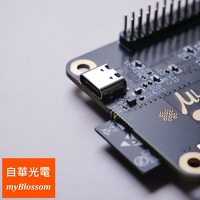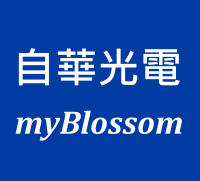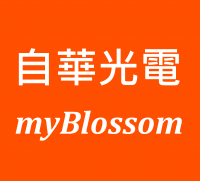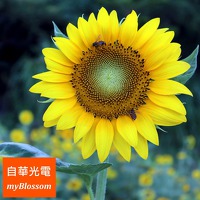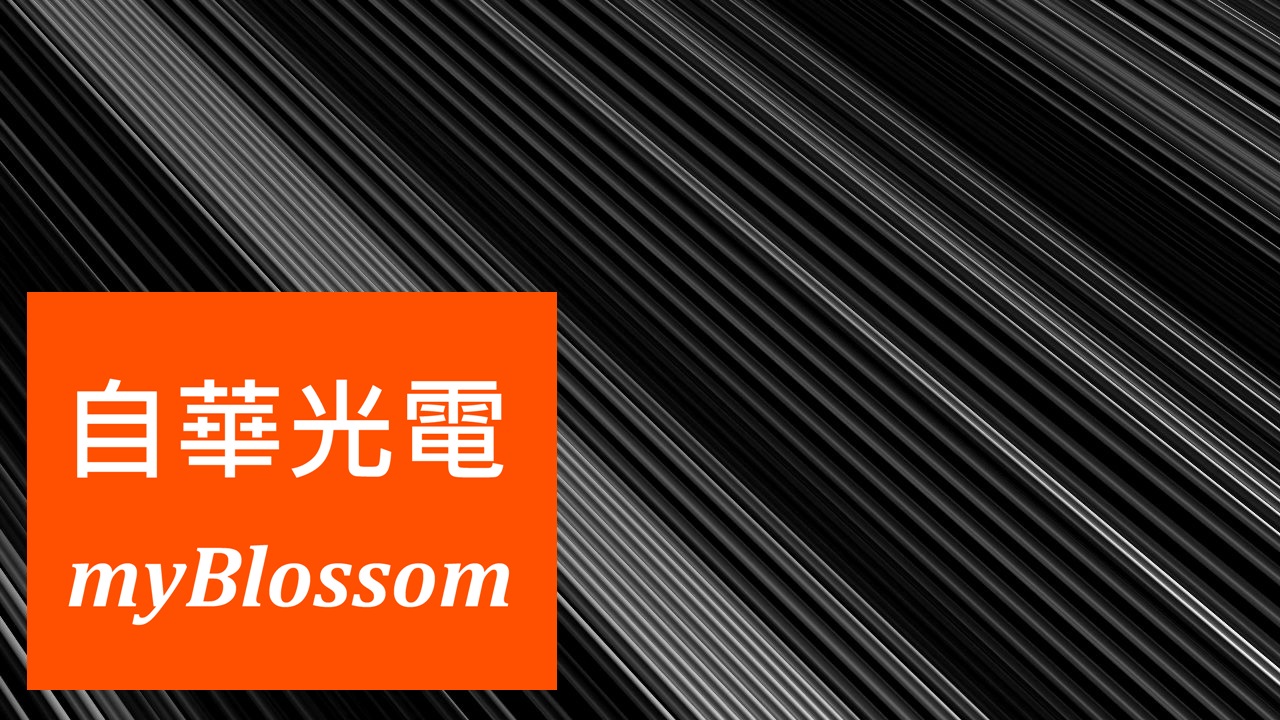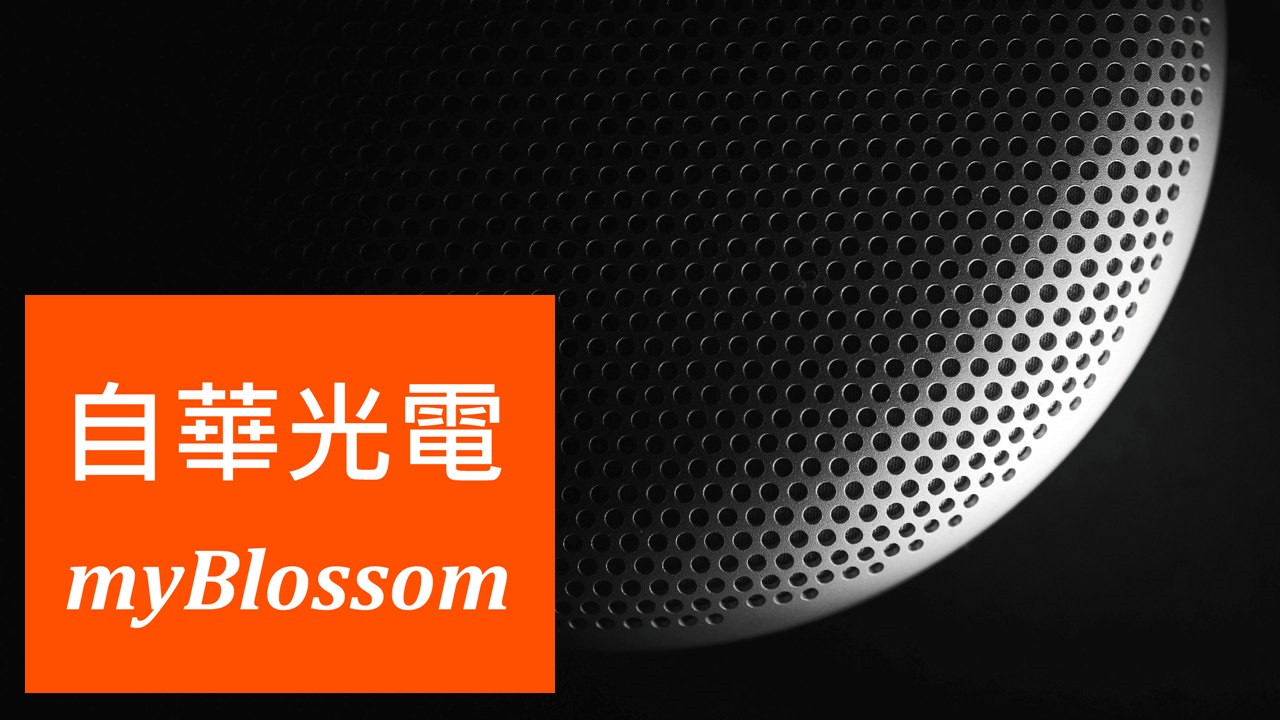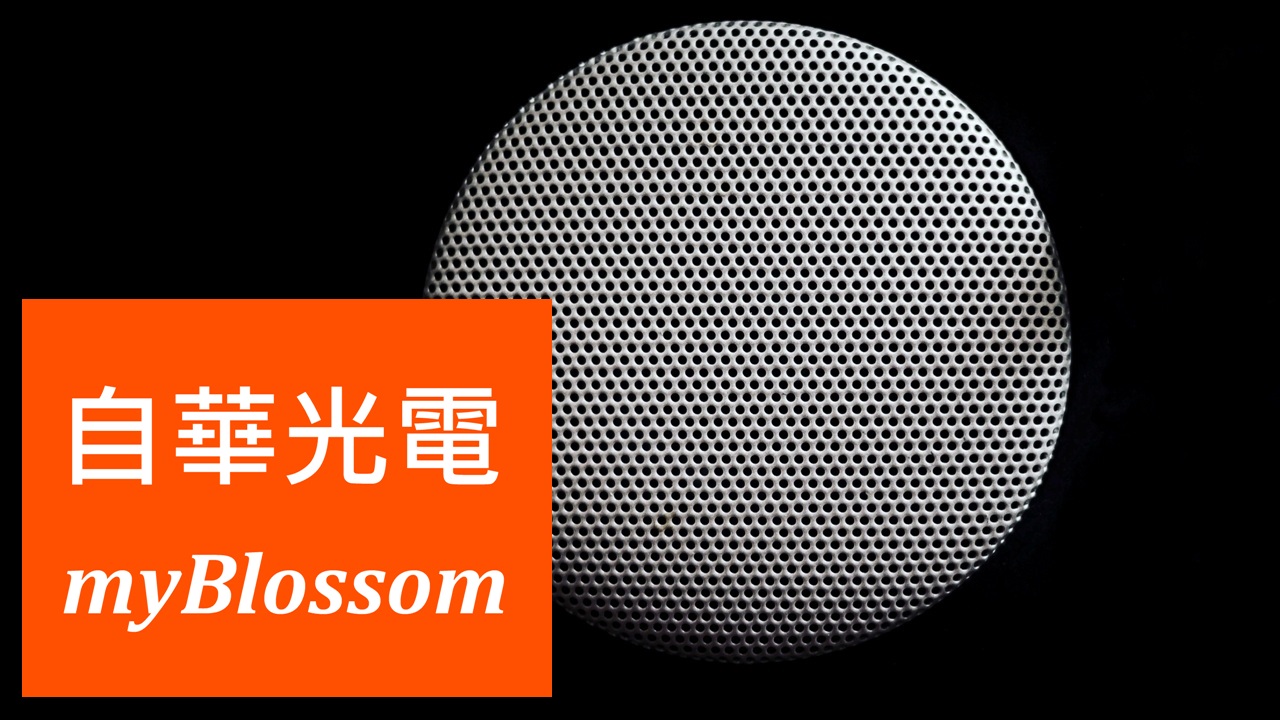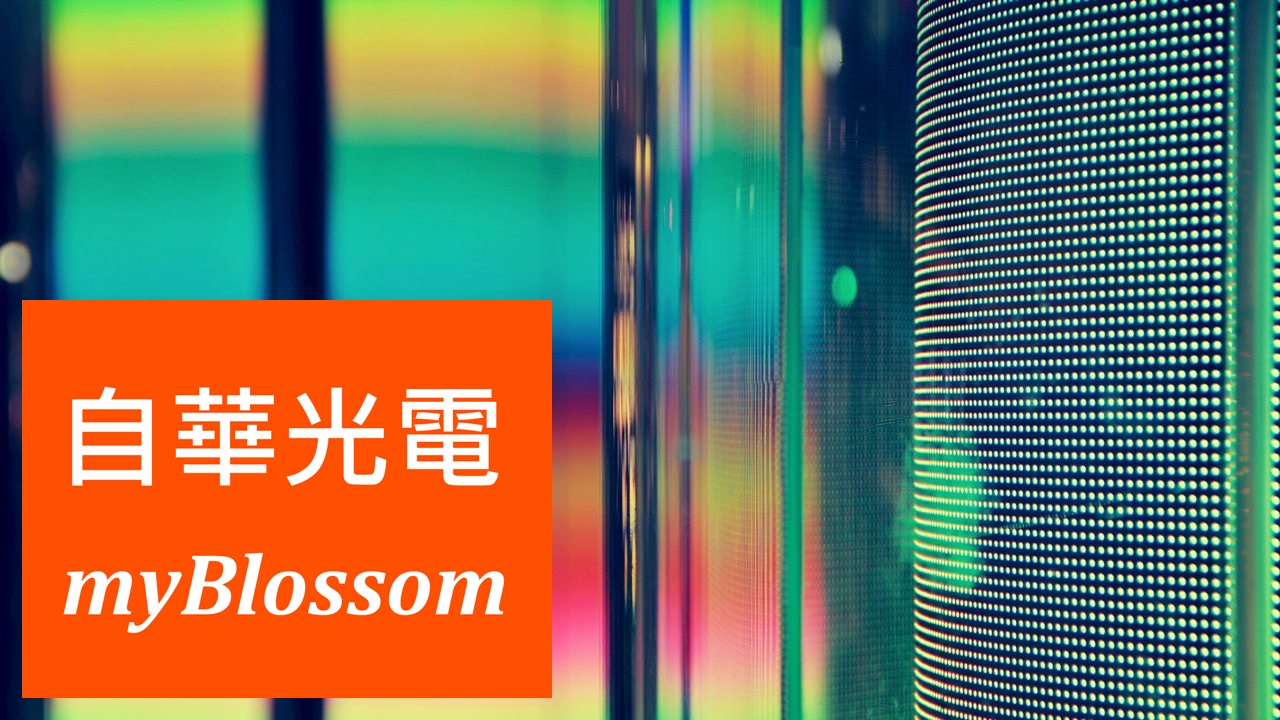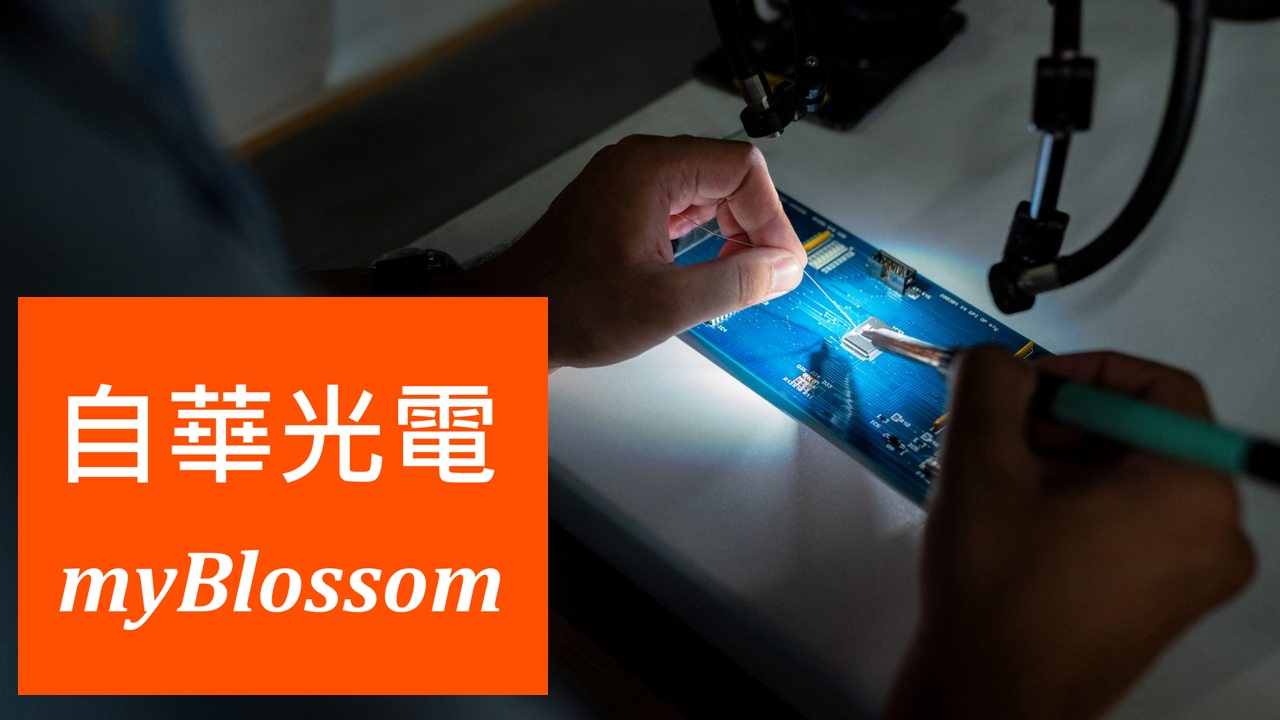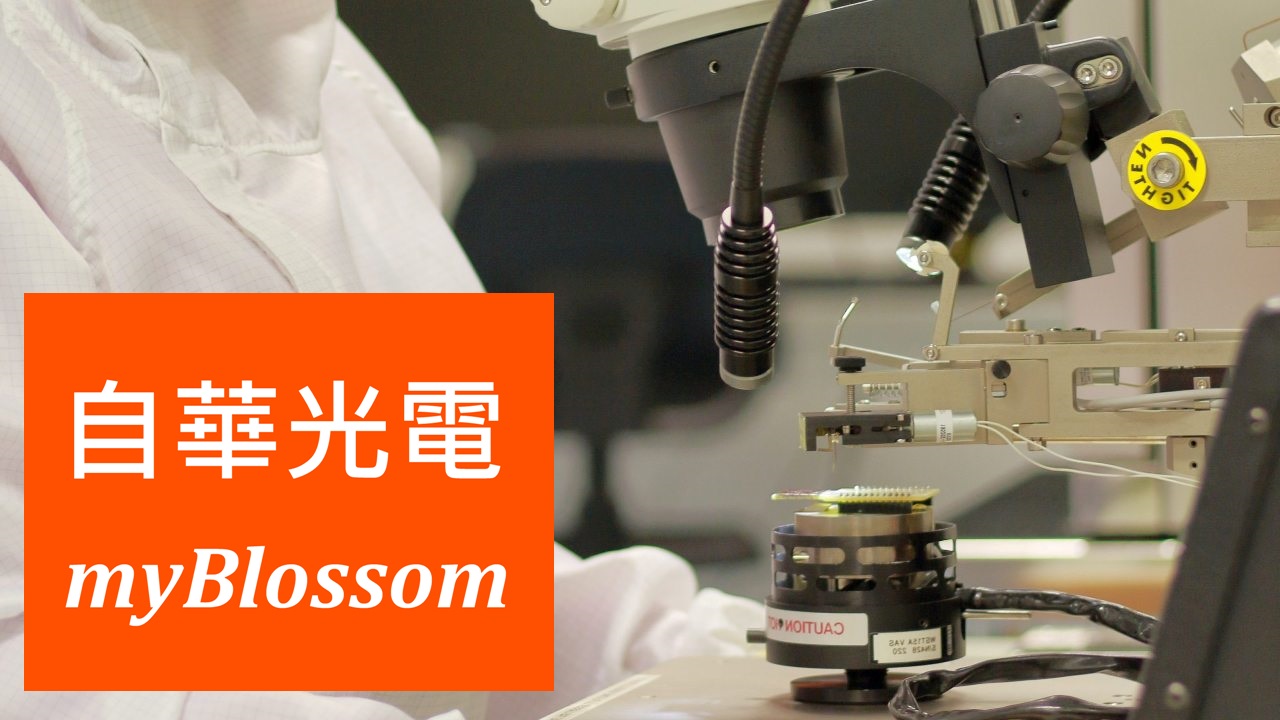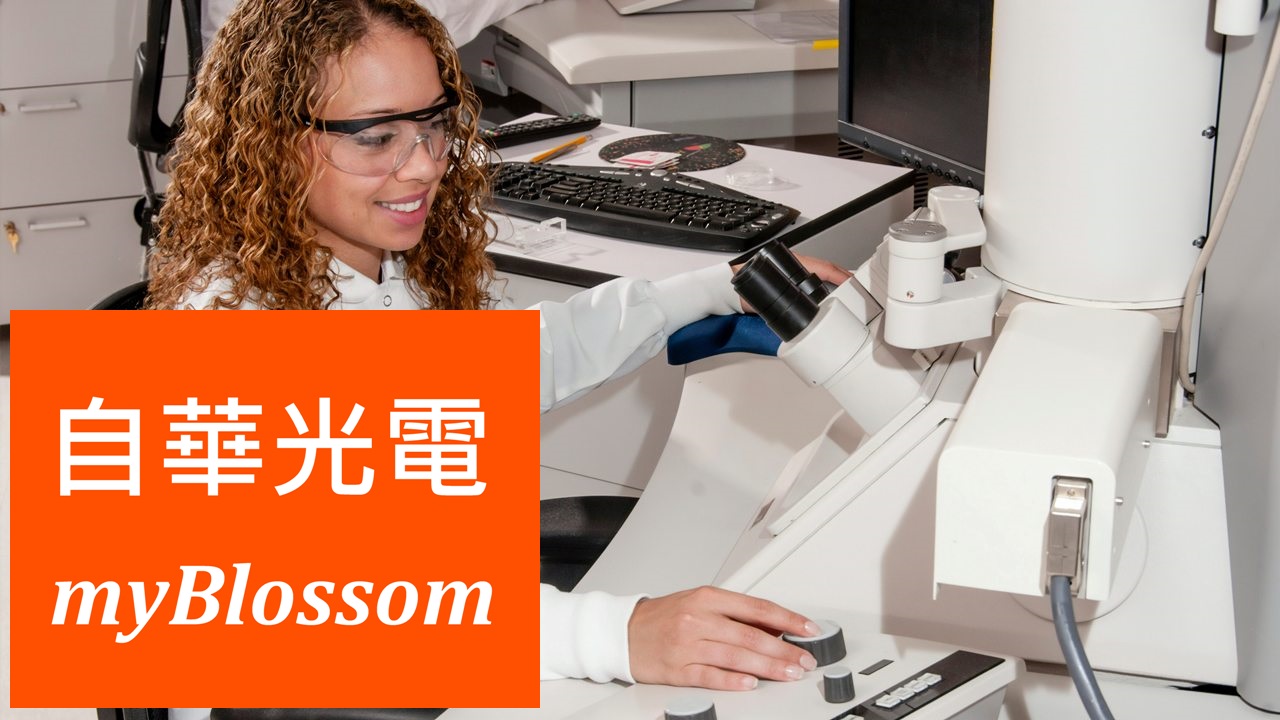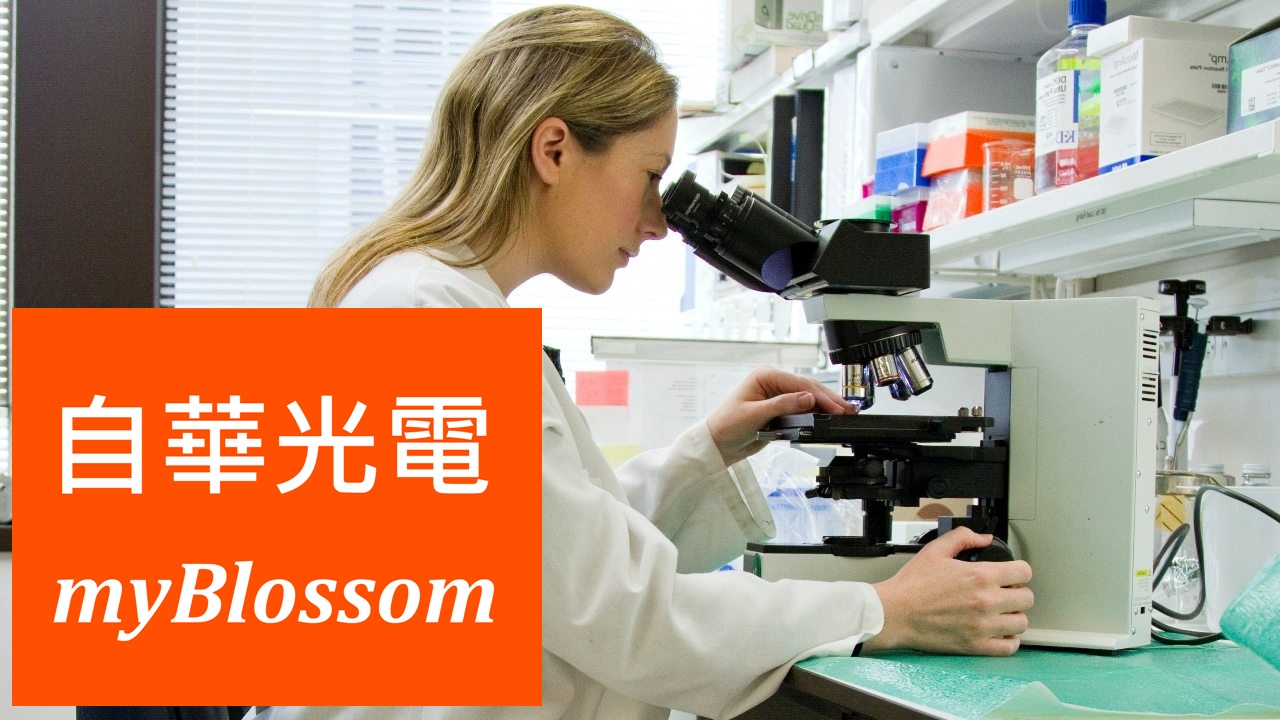自華光電®標準封裝金線 myBlossom® Gold Bonding Wire
封裝金線 標準品明細
Click here 

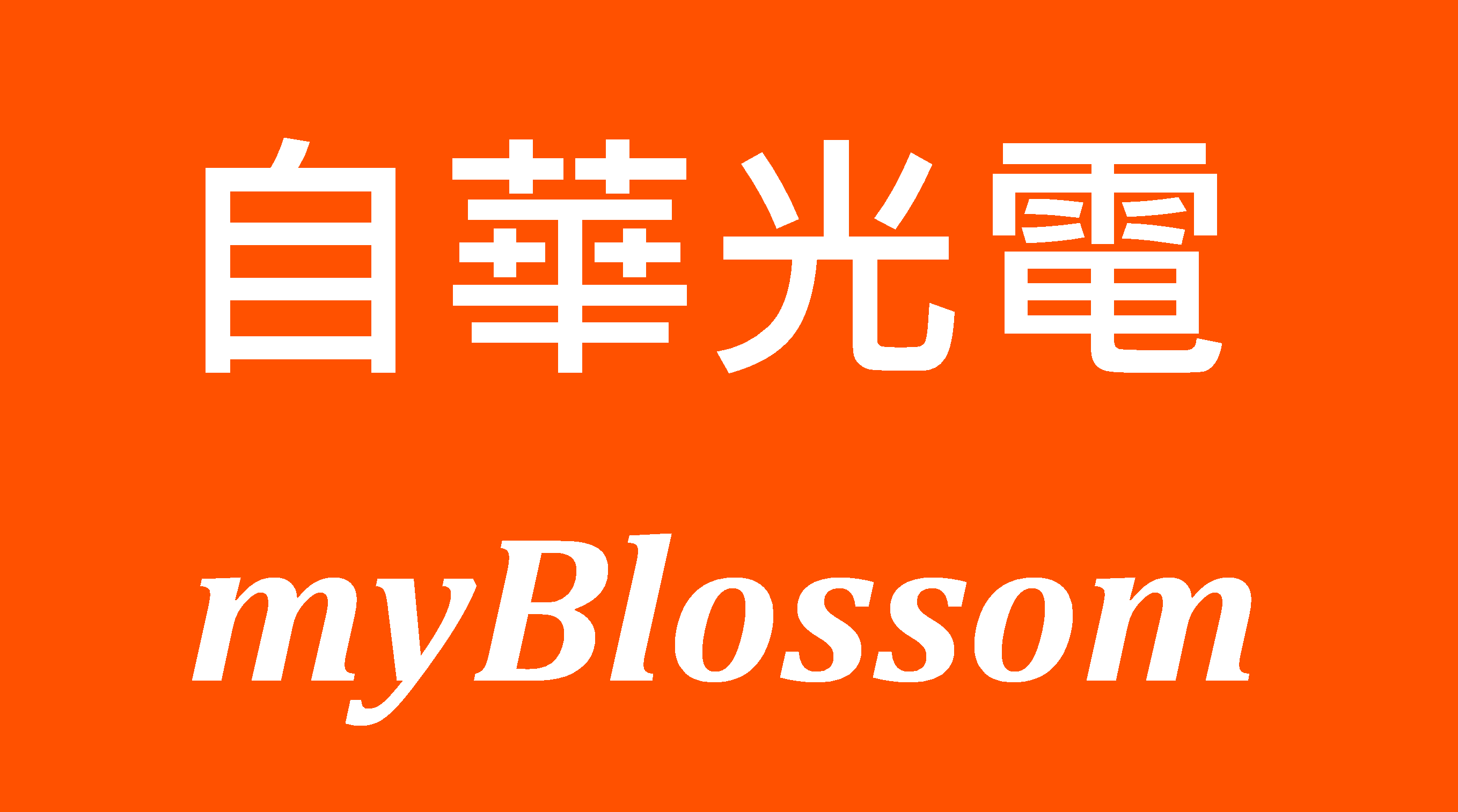
自華光電®標準封裝金線 現貨超市
myBlossom® Gold Bonding Wire
自華光電®代理中國最大標準封裝金線現貨超市。
中國第一大封裝金線供應商,唯一金線國營企業,最小直徑可達10μm。中國-封裝金線-國家標準,由北京達博(Doublink)起草撰寫。
穩定供貨 通富微電、江蘇長電 & 天水華天 中國前三大IC封裝廠。台灣前五大LED封裝廠,三家採用北京達博(Doublink)封裝金線。
半導體封裝內部接合方式,可分為打線接合(wire bonding)、捲帶式自動接合與覆晶接合,其中,打線接合由於製程成熟、成本低、佈線彈性高,是目前應用最廣的接合技術,約占所有封裝產品9成。而打線所使用之金屬材料過去幾年一直以金線為主流,由於「金」具備穩定性高、質軟、延展性佳等物理特性,被用於IC封裝打線接合時,其良率、生產效率及線徑微細化等表現,皆相當不錯。
封裝金線: 對於可靠度要求越來越高的封裝產業來說,使用不易氧化的貴金屬是實現高穩定性與高可靠度的最好選擇。金線除了具有良好的導電性及不易氧化的特性之外,其良好的延展性,在微米級線材製作上具備不易斷裂的優勢,而成為主流。一般來說,目前使用之金線以高純度為主,雖然會添加極為微量的元素以增加線材強度,但都可維持在4N以上的純度。
標準封裝金線 Gold Bonding Wire
金接合線、金合金接合線、鍵合金絲、鍵合金線、封裝導線、封裝金導線、半導體封裝金線、金打線封裝
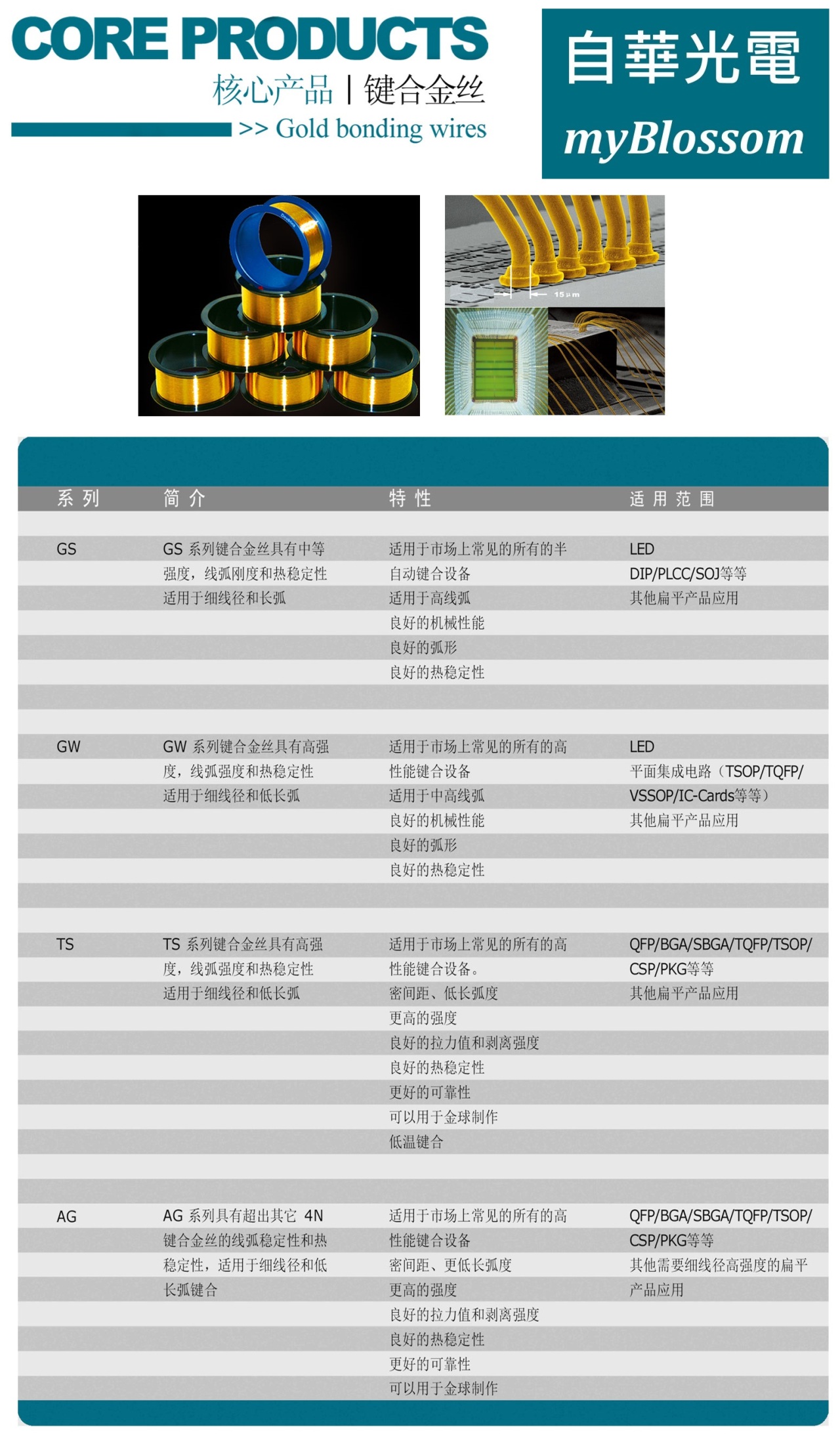

自華光電 - 北京達博(Doublink) 封裝金線 台灣獨家代理商。
Allen K. Lin | Allen@myblossom.tw | LINE ID: Allen-007 | Wechat ID: Allen-006 | T: 0910-782775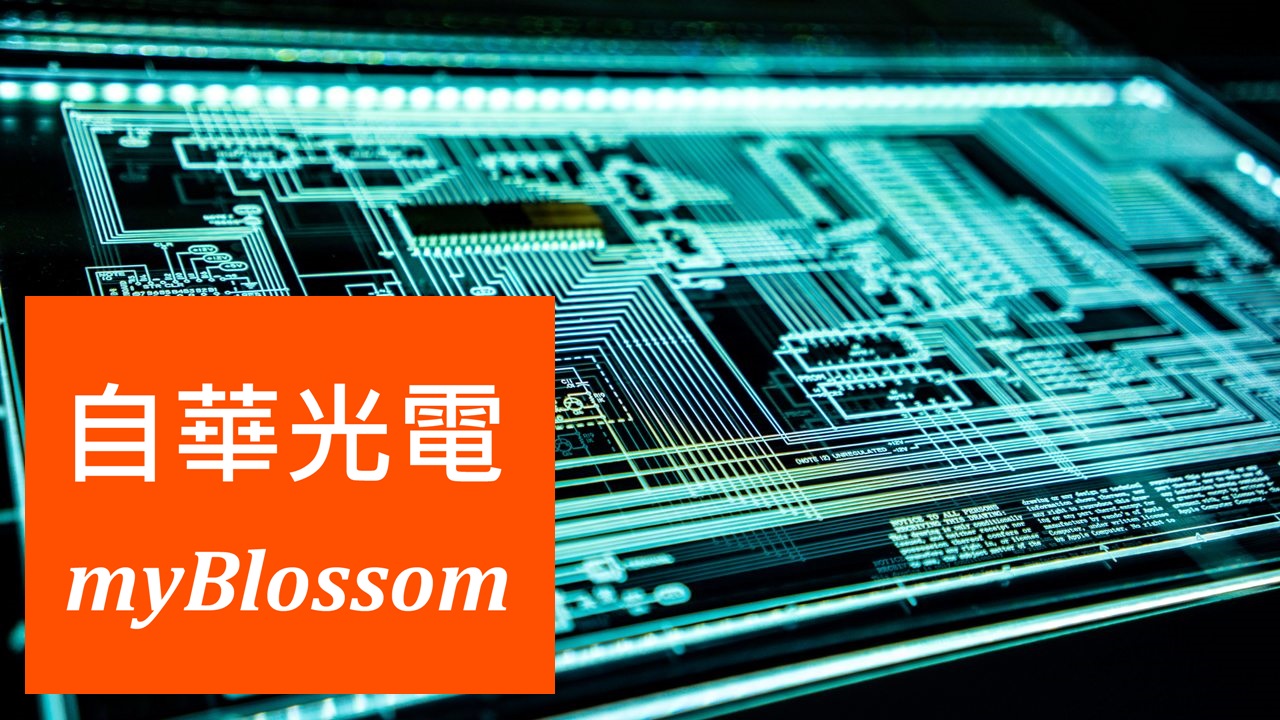
myBlossom® Gold Bonding Wires
Beijing Doublink Solders Co., Ltd.
Click here 

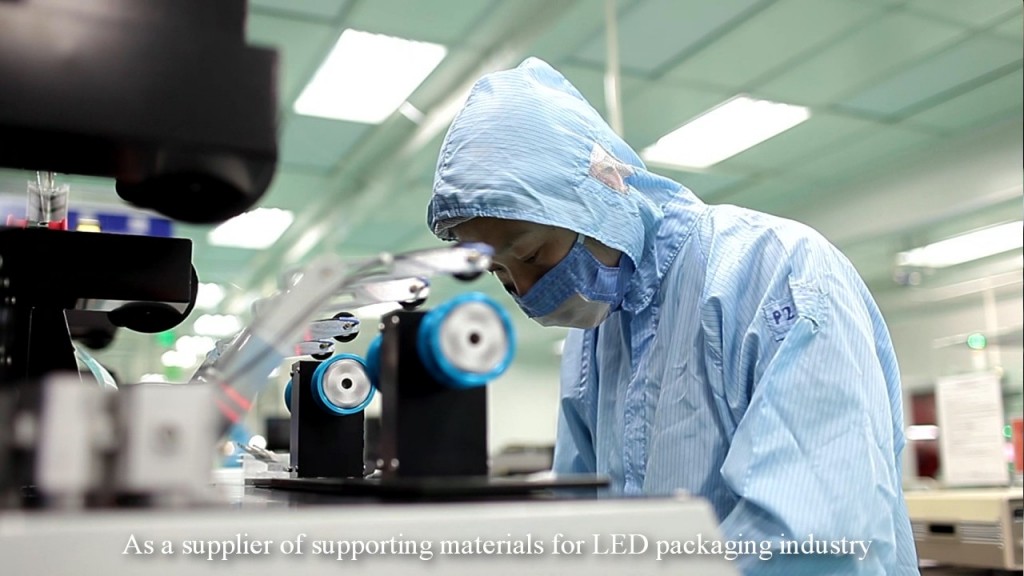
myBlossom® Gold Bonding Wire
Doublink is the largest Gold Bonding Wire manufacturer in China. It is a government owned business.
The requirements for applications become more demanding, in particular with regard to the consolidation of more power in less space. Doublink addresses these challenges with our gold bonding wire with a diameter up to a size of 0.4 mils / 10 microns for very fine applications.
Doublink is the largest Gold Bonding Wire manufacturer in China. It is a government owned business.
The requirements for applications become more demanding, in particular with regard to the consolidation of more power in less space. Doublink addresses these challenges with our gold bonding wire with a diameter up to a size of 0.4 mils / 10 microns for very fine applications.
myBlossom is Doublink's exclusive agent in Taiwan & overseas.
Allen K. Lin | Allen@myblossom.tw | LINE ID: Allen-007 | Wechat ID: Allen-006 | T: 0910-782775
Allen K. Lin | Allen@myblossom.tw | LINE ID: Allen-007 | Wechat ID: Allen-006 | T: 0910-782775
打線接合 (Wire bonding)
打線接合: 維基百科
Click here 

打線接合 (Wire bonding)
打線接合(英語:Wire bonding)是一種積體電路封裝產業中的製程之一,利用線徑15-50微米的金屬線材將晶片(chip)及導線架(lead frame)連接起來的技術,使微小的晶片得以與外面的電路做溝通,而不需要增加太多的面積。其他類似的接合技術如覆晶接合(Flip-chip)或捲帶式自動接合(Tape-Automated Bonding, TAB)都已經越趨成熟,雖然覆晶接合逐漸在吞食打線接合的市場,但目前仍以打線接合為最常見的接合技術。
無論是何種打線接合的方法,都具有兩個銲接點,分別是位於晶片端的第一銲(First bond)及導線架端的第二銲(Second bond)。瓷嘴(capillary)是一種裝在打線機上的裝置,可讓線材穿過其中,類似縫紉機中的針,線材穿過位在打線機台上的瓷嘴,穿出瓷嘴的線材在晶片端經過下壓完成第一銲點後,線材就會與晶片上的基板連結,機器手臂上升將線引出瓷嘴,再將線材移往第二銲點,也就是導線架上的基板,一邊下壓一邊截斷線材,完成一個循環,緊接著再繼續下一打線接合的循環。 為了增加接合強度,在第二焊接點處,再壓上一顆球,稱之為BBOS (Bond Ball on Stitch);或先壓上一顆球,再把第二銲接合在球上,稱為BSOB(Bond Stitch on Ball)。
Wire bonding is the method of making interconnections between an integrated circuit (IC) or other semiconductor device and its packaging during semiconductor device fabrication. Although less common, wire bonding can be used to connect an IC to other electronics or to connect from one printed circuit board (PCB) to another. Wire bonding is generally considered the most cost-effective and flexible interconnect technology and is used to assemble the vast majority of semiconductor packages. Wire bonding can be used at frequencies above 100 GHz.

